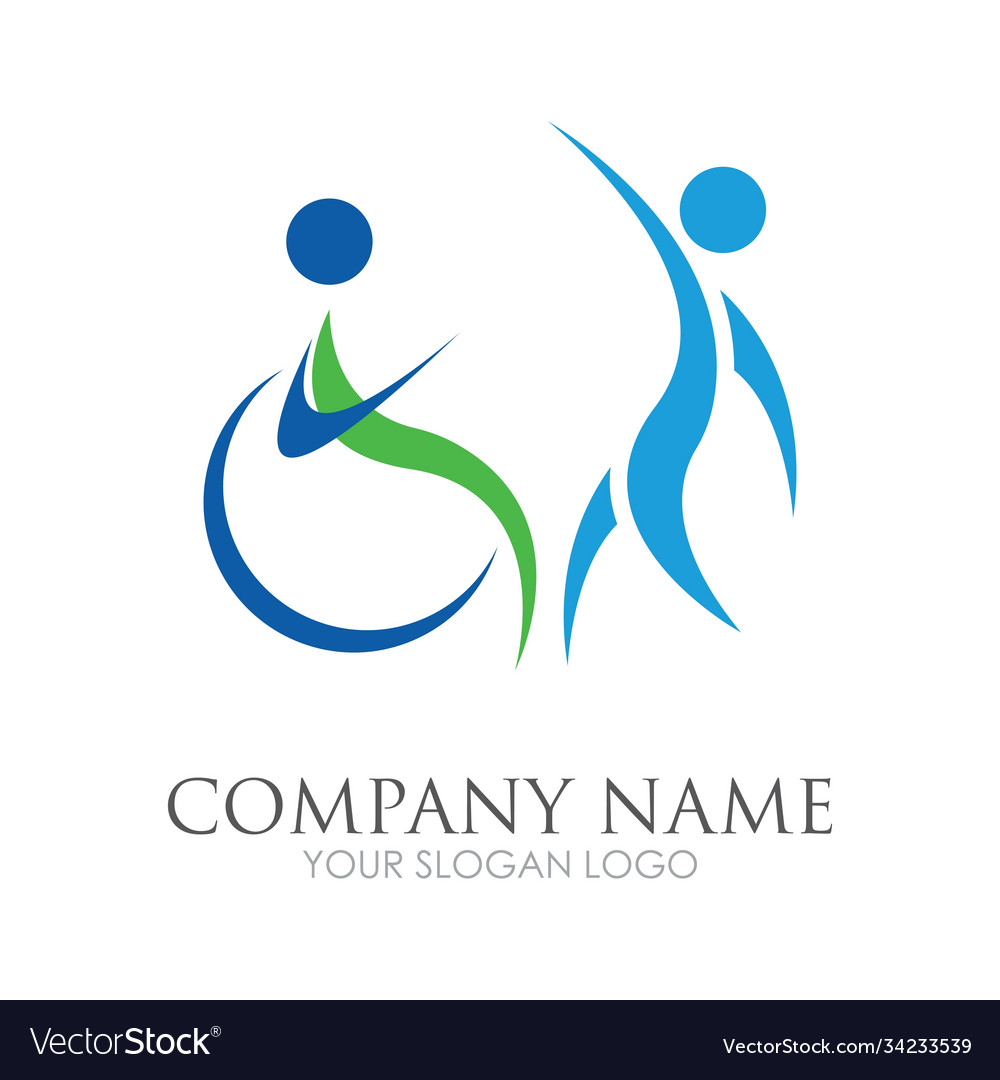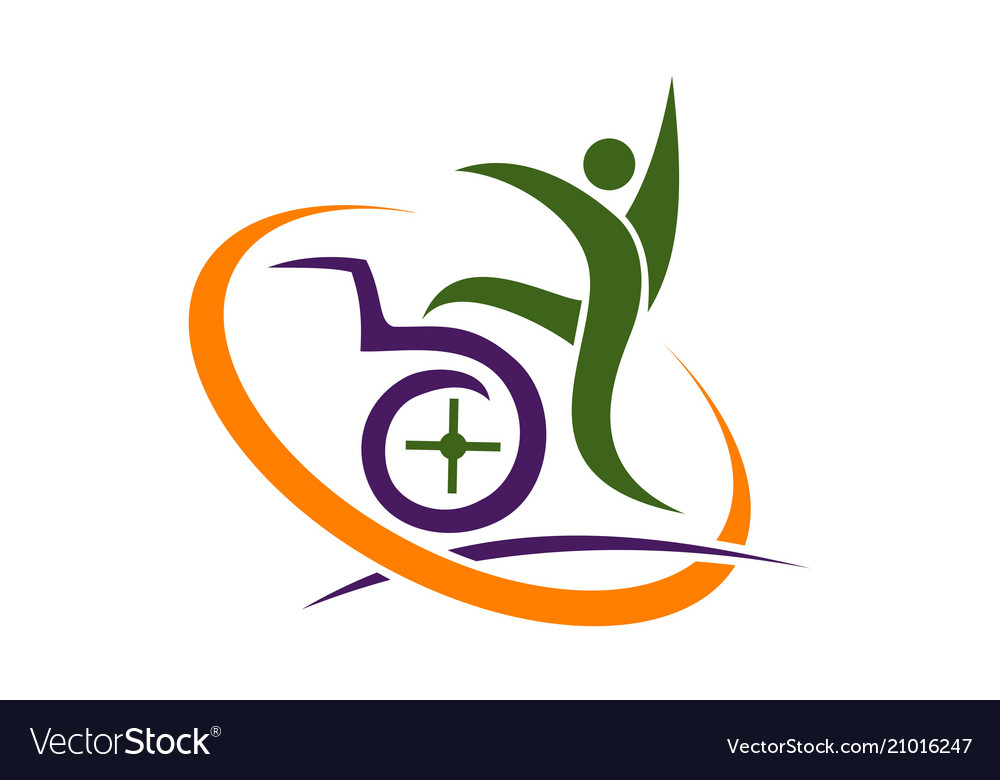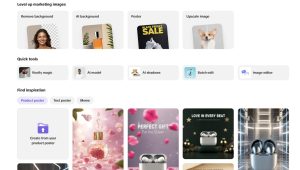Are you looking to create a powerful and inclusive symbol to represent disability? A well-designed logo has the ability to communicate a message, evoke emotions, and create a sense of identity. When it comes to disability logo ideas, it is essential to consider the unique challenges and experiences faced by individuals with disabilities. In this article, we will explore various aspects of designing disability logos and provide you with some creative ideas to inspire your own inclusive logo design.
Understanding the Importance of Disability Logo Design

Logo design plays a crucial role in visually representing a brand, organization, or cause. For the disability community, a well-crafted logo can serve as a powerful tool to promote awareness, break down stigmas, and foster inclusivity. Effective disability logos not only capture the essence of diversity but also convey the message of empowerment, accessibility, and equality.
Key Elements of a Disability Logo

When designing a disability logo, there are several key elements to consider. Let’s dive into each of these elements in detail:
1. Symbolism
Symbols can be a powerful language of their own, transcending cultural and language barriers. When designing a disability logo, incorporating symbols that represent inclusivity, accessibility, and the unique challenges faced by individuals with disabilities can help create a strong visual identity.
Consider incorporating elements such as wheelchair icons, braille patterns, or hands reaching out to symbolize support and unity. The use of symbols allows for immediate recognition and understanding, making your logo more impactful and memorable.
2. Color Palette
Color has the ability to evoke emotions and convey messages. When selecting a color palette for your disability logo, it is important to choose colors that resonate with inclusivity, accessibility, and empowerment.
Opt for vibrant and energetic colors like blues, greens, and yellows to represent positivity and vitality. Additionally, incorporating contrasting colors can enhance visibility and ensure your logo is accessible to individuals with visual impairments.
3. Typography
Choosing the right typography is essential for creating a cohesive and visually appealing disability logo. Consider using clear and legible fonts that are easily readable at various sizes.
Avoid overly decorative or complex fonts that may hinder readability. Opt for simple and clean typefaces that convey a sense of professionalism and inclusivity.
4. Accessibility
Accessibility should be at the forefront of your mind when designing a disability logo. Consider using universal design principles to ensure that your logo is accessible to everyone, including individuals with visual impairments or other disabilities.
Ensuring proper color contrast, using alt text for images, and providing text alternatives for non-text elements are just a few ways to make your logo accessible to all.
Creative Disability Logo Ideas
Now that we have explored the key elements of disability logo design, let’s dive into some creative ideas to inspire your own logo creation:
1. The Interlocking Puzzle Pieces
The interlocking puzzle pieces have long been associated with autism awareness, but they can also be used to represent the diversity and interconnectedness of individuals with disabilities. Incorporate different colors within the puzzle pieces to symbolize the various disabilities and their unique contributions to society.
2. The Wings of Freedom
Symbolize empowerment and freedom by incorporating wings in your disability logo. Wings can represent the ability to overcome challenges, break barriers, and strive for independence. Consider using vibrant colors to create a visually striking logo that captures attention and conveys a sense of hope.
3. The Open Door
The open door symbolizes accessibility and inclusivity. Incorporate an open door in your disability logo to represent the welcoming and inclusive nature of your organization or brand. Experiment with color gradients to add depth and dimension to the logo, making it visually appealing and memorable.
4. The Helping Hand
A helping hand is a universal symbol of support and assistance. Incorporate a stylized hand reaching out in your disability logo to convey the message of solidarity and inclusivity. Consider using contrasting colors to make the hand stand out and evoke a sense of warmth and compassion.
5. The Wheelchair Icon
The wheelchair icon is widely recognized as a symbol of accessibility and disability. Incorporate a stylized wheelchair icon in your logo design to create an immediate association with disability rights and inclusivity. Experiment with geometric shapes and colors to create a distinctive and visually appealing logo.
Bringing Your Disability Logo to Life

Once you have brainstormed ideas and settled on a concept for your disability logo, it’s time to bring it to life. Consider working with a professional graphic designer who specializes in logo design to ensure that your vision is translated into a visually compelling and inclusive logo.
Collaborating with individuals from the disability community can also provide valuable insights and perspectives during the design process. Their input can help ensure that your logo accurately represents their experiences and fosters a sense of inclusivity.
Remember, a disability logo is not just a visual representation; it is a symbol that has the power to impact lives, break down barriers, and promote change. By carefully considering the key elements of disability logo design and incorporating creative ideas, you can create a meaningful and inclusive logo that resonates with individuals with disabilities and the wider community alike.
Designing a disability logo is an opportunity to champion inclusivity, accessibility, and equality. Let your logo be a powerful advocate for change and a symbol of empowerment for individuals with disabilities.
Angela Irwin is a branding and design enthusiast with a Bachelor of Fine Arts in Graphic Design from Meadowbrook College. As a writer at Logocreator.io, she shares her expertise on logo design, graphic trends, and effective branding strategies, helping businesses create impactful visual identities.



